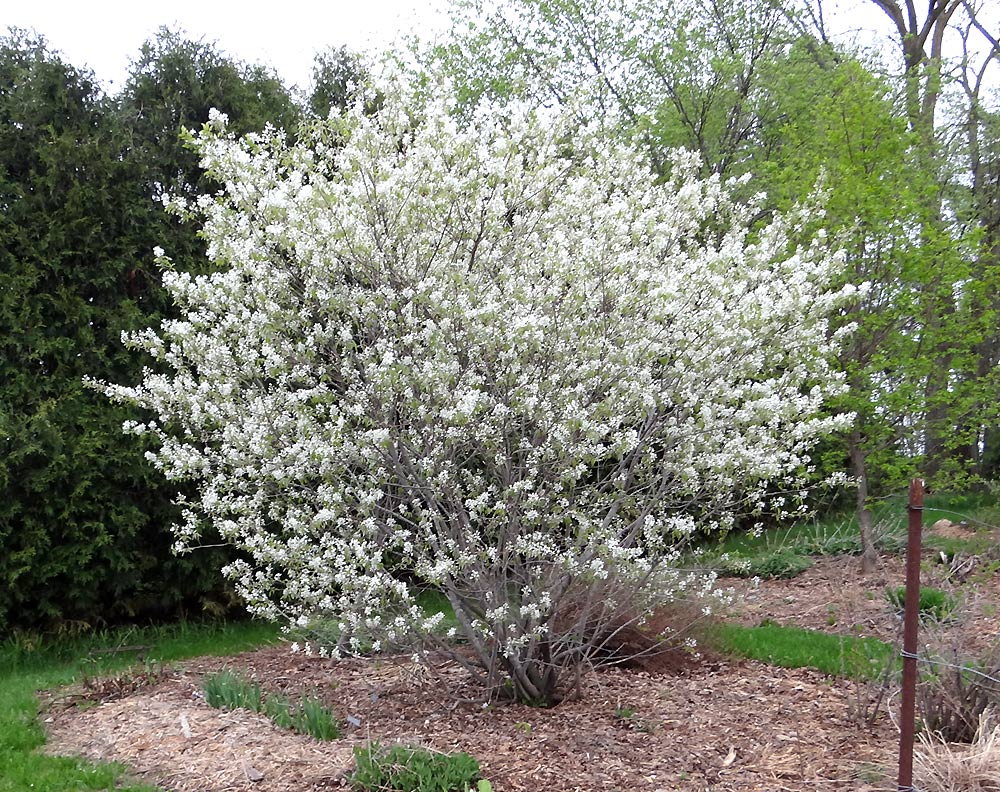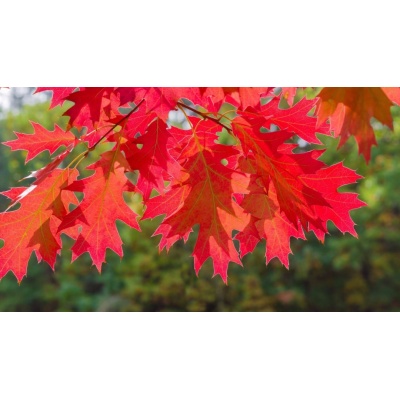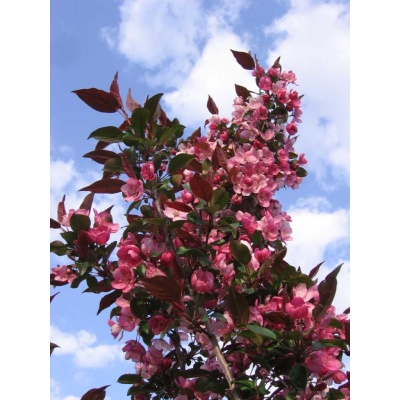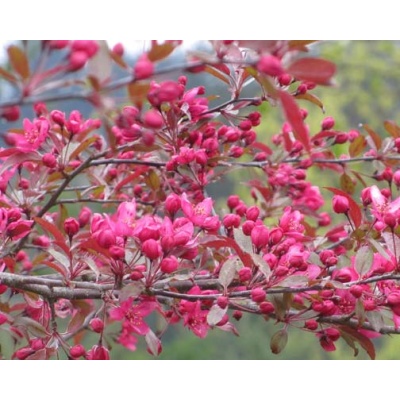Description
 Amelanchier × grandiflora ‘Autumn Brilliance’
Amelanchier × grandiflora ‘Autumn Brilliance’
Shrub form
Amelanchier x grandiflora is a hybrid cross between two species of North American serviceberry, namely, A. arborea (downy serviceberry) and A. laevis (Allegheny serviceberry). It is known in commerce today by several showy cultivars. This is a small, deciduous, usually multi-trunked understory tree or tall shrub which typically matures to 15-20’ tall. Flowers bloom in April followed by edible fruits (3/8″ diameter) in June (hence the sometimes-used common name of Juneberry for amelanchiers). Berries resemble blueberries in taste and may be used in jams, jellies and pies. Finely-toothed, oval-lanceolate leaves (to 3″ long) emerge with bronze tints in spring, mature to dark green from late spring throughout summer before finally turning brilliant red to orange-red in fall.
Common Name: apple serviceberry
Type: Tree
Family: Rosaceae
Zone: 4 to 9
Height: 15.00 to 25.00 feet
Spread: 15.00 to 25.00 feet
Bloom Time: April
Bloom Description: White
Sun: Full sun to part shade
Water: Medium
Maintenance: Low
Suggested Use: Flowering Tree
Flower: Showy
Leaf: Good Fall
Attracts: Birds
Fruit: Showy, Edible




Reviews
There are no reviews yet.